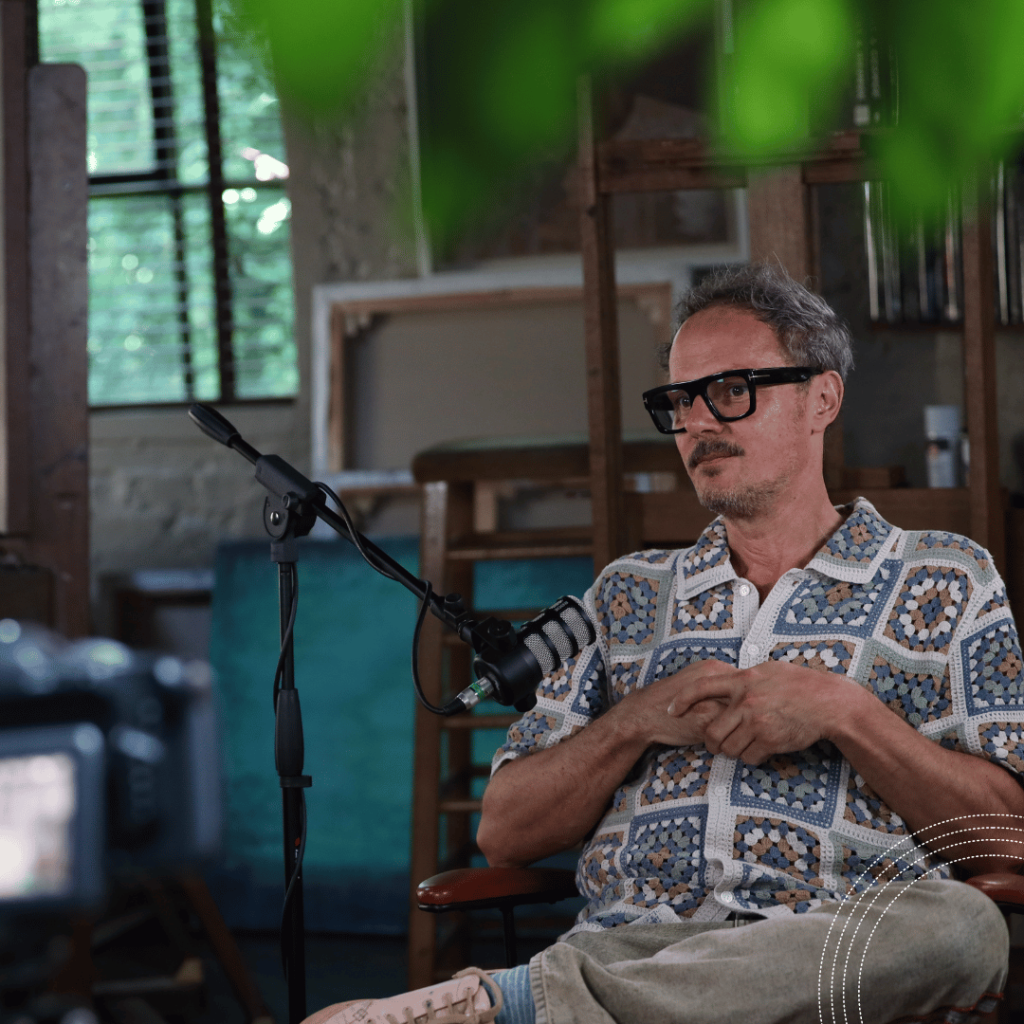Jonathan Yeo is a renowned contemporary artist, known for his striking portraits of notable figures in politics, entertainment, and society. His work is celebrated for its ability to capture the essence of his subjects, often revealing more than just their physical appearance, delving into the personality and emotional complexity that lie beneath the surface.
Yeo’s rise to fame in the art world is closely tied to his portraits of well-known public figures. His breakthrough came in the early 2000s when he painted several prominent politicians, including Tony Blair, former Prime Minister of the United Kingdom. Yeo’s portrait of Blair, in particular, attracted significant attention due to its striking realism and the subtle way it hinted at the complexities of Blair’s political career. Yeo has since painted numerous influential figures from various walks of life, including actors, musicians, writers, and royalty. His subjects have included the likes of David Cameron, Malala Yousafzai, Damien Hirst, and Helena Bonham Carter, among others.
One of the most talked-about portraits in Yeo’s career was that of George W. Bush. In an ironic twist, Yeo had initially been commissioned to paint Bush’s portrait by an American institution, but the commission was canceled due to political tensions. Undeterred, Yeo went on to create a portrait of Bush using cutouts from pornographic magazines, a bold and controversial artistic statement that garnered widespread media attention. This work exemplified Yeo’s willingness to challenge societal norms and explore the boundaries between high and low culture, raising questions about the portrayal of power and the nature of public figures in the media.
Jonathan Yeo’s artistic style is rooted in the tradition of classical portraiture, but he brings a contemporary sensibility to the medium. His paintings are often highly detailed and realistic, but they are not mere photographic reproductions. Instead, Yeo uses light, texture, and color to create depth and atmosphere, imbuing his subjects with a sense of presence that feels almost tangible. His portraits are meticulously crafted, with an attention to detail that reveals his deep understanding of anatomy, skin tones, and the play of light on the human form.
Yeo is known for his ability to capture the psychology of his subjects. His portraits often reveal more than just the outer appearance of the person; they convey something of the sitter’s internal world, whether it’s a sense of vulnerability, strength, introspection, or tension. This psychological depth sets Yeo’s work apart from many of his contemporaries, and it is one of the reasons his portraits are so highly regarded.
In addition to his portraits of public figures, Yeo has also explored the human body in a more abstract sense. His series of paintings and sculptures that depict plastic surgery patients, for example, examine contemporary society’s obsession with physical perfection and the lengths people will go to in order to achieve it. These works raise questions about beauty, identity, and the impact of modern medical interventions on our understanding of the human body. Yeo’s exploration of these themes reflects his broader interest in the way society views and values physical appearance.
His “Surgery” series, which was displayed at the London National Portrait Gallery in 2013, is an example of his interest in the intersections between portraiture, beauty, and medical science. The works in this series offer a commentary on the culture of cosmetic surgery, capturing patients in various stages of recovery post-operation. Through these works, Yeo invites viewers to reflect on the complex relationship between self-image, societal expectations, and the artificial alterations people make to their bodies.
Jonathan Yeo was also commissioned to create a portrait of King Charles III, the first official portrait since his coronation. The portrait, unveiled in May, 2024 was noted for its bold use of color and symbolic elements, features King Charles in the uniform of the Welsh Guards, reflecting his long-standing connection to the regiment, which he first became Regimental Colonel of in 1975.
Yeo’s portraits have been exhibited in some of the world’s most prestigious galleries and museums, including the National Portrait Gallery in London and the Royal Academy of Arts. His work is also held in numerous private collections, and he continues to be a sought-after portraitist.
In this episode of the Pearl Lam Podcast, Pearl Lam and Jonathan Yeo discuss the world of contemporary art, technological advancements and public scrutiny. Jonathan shares his thoughts on the evolving art scene, the creative process behind his work, and his experiences capturing the essence of his subjects.
Visit Jonathan Yeo’s website here.



